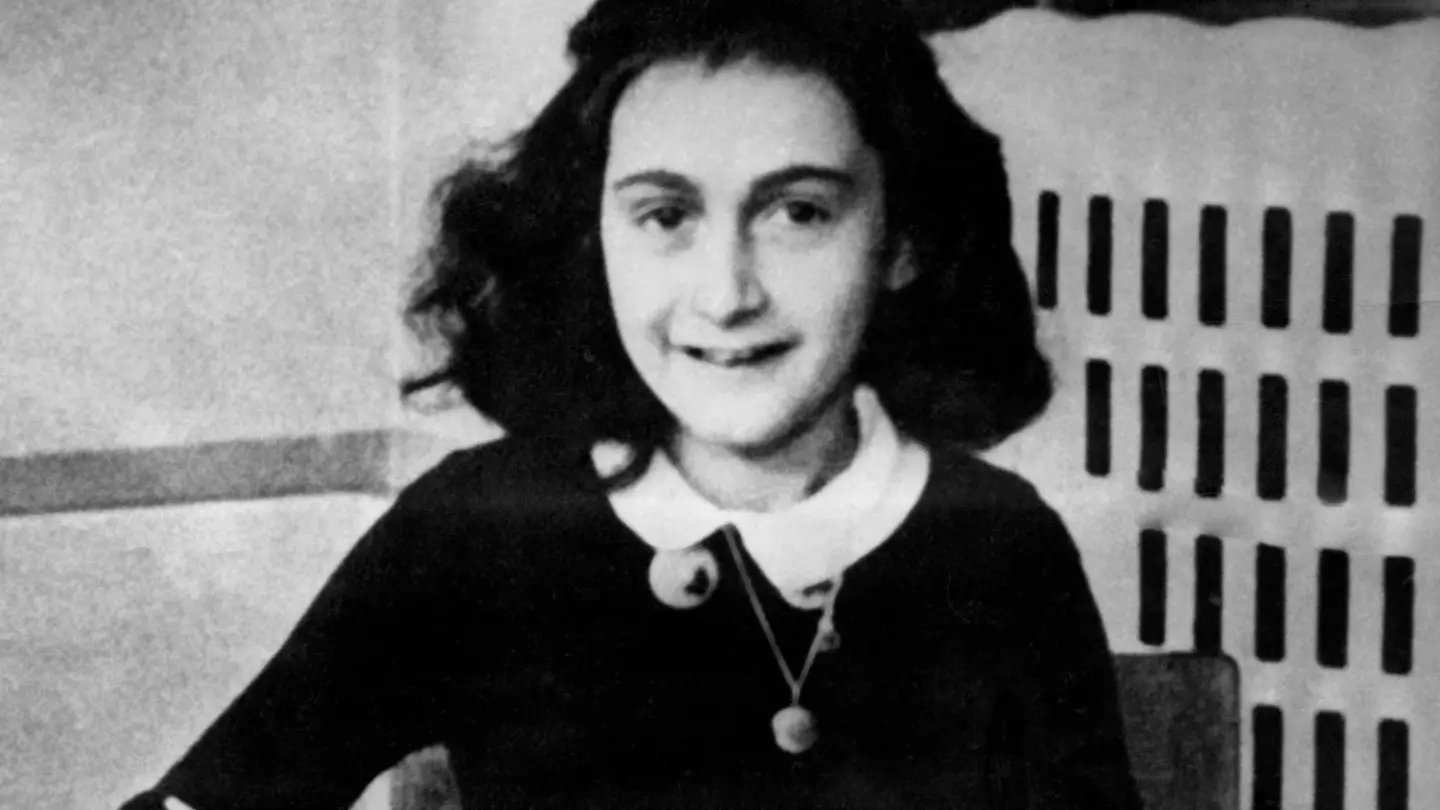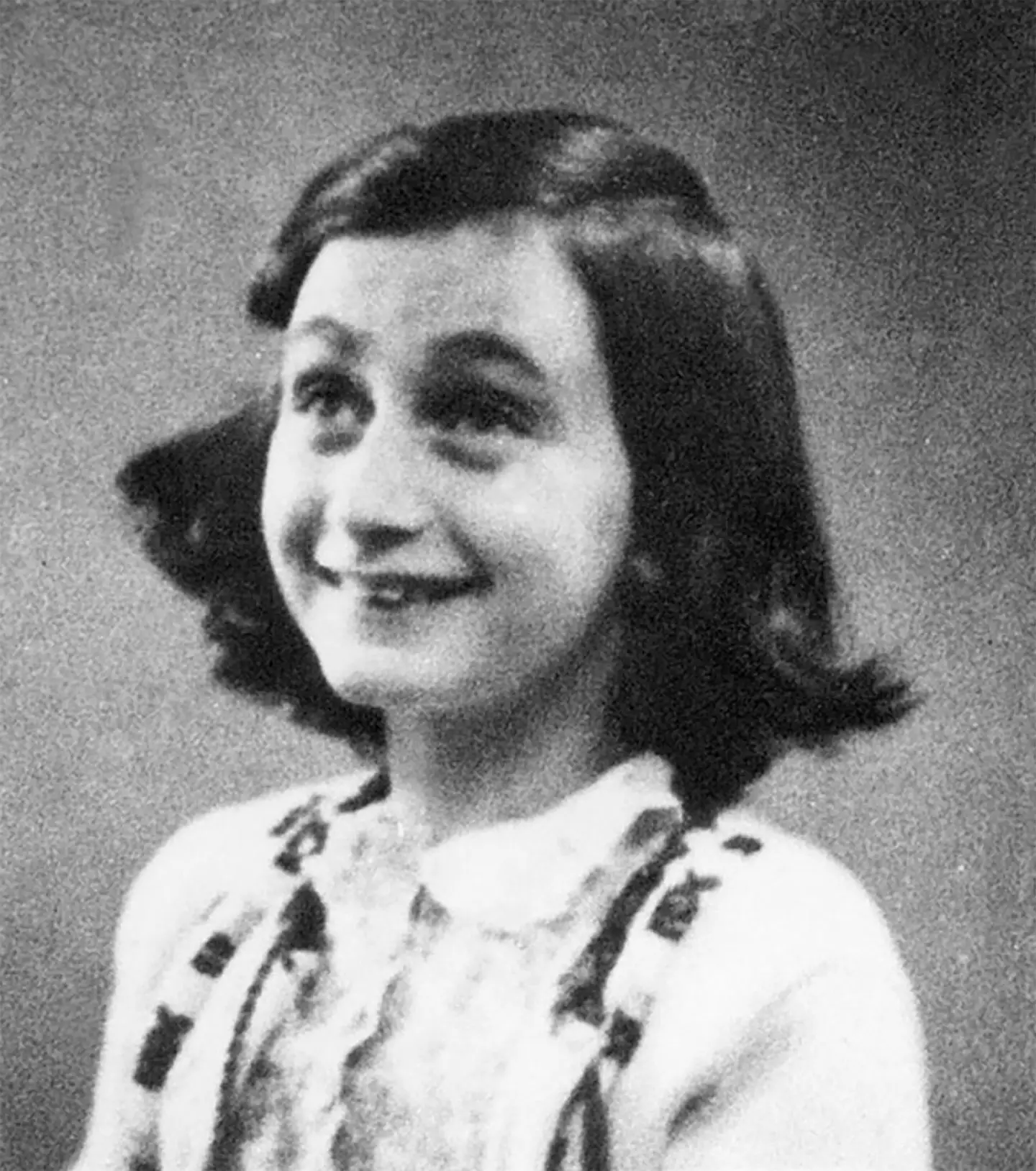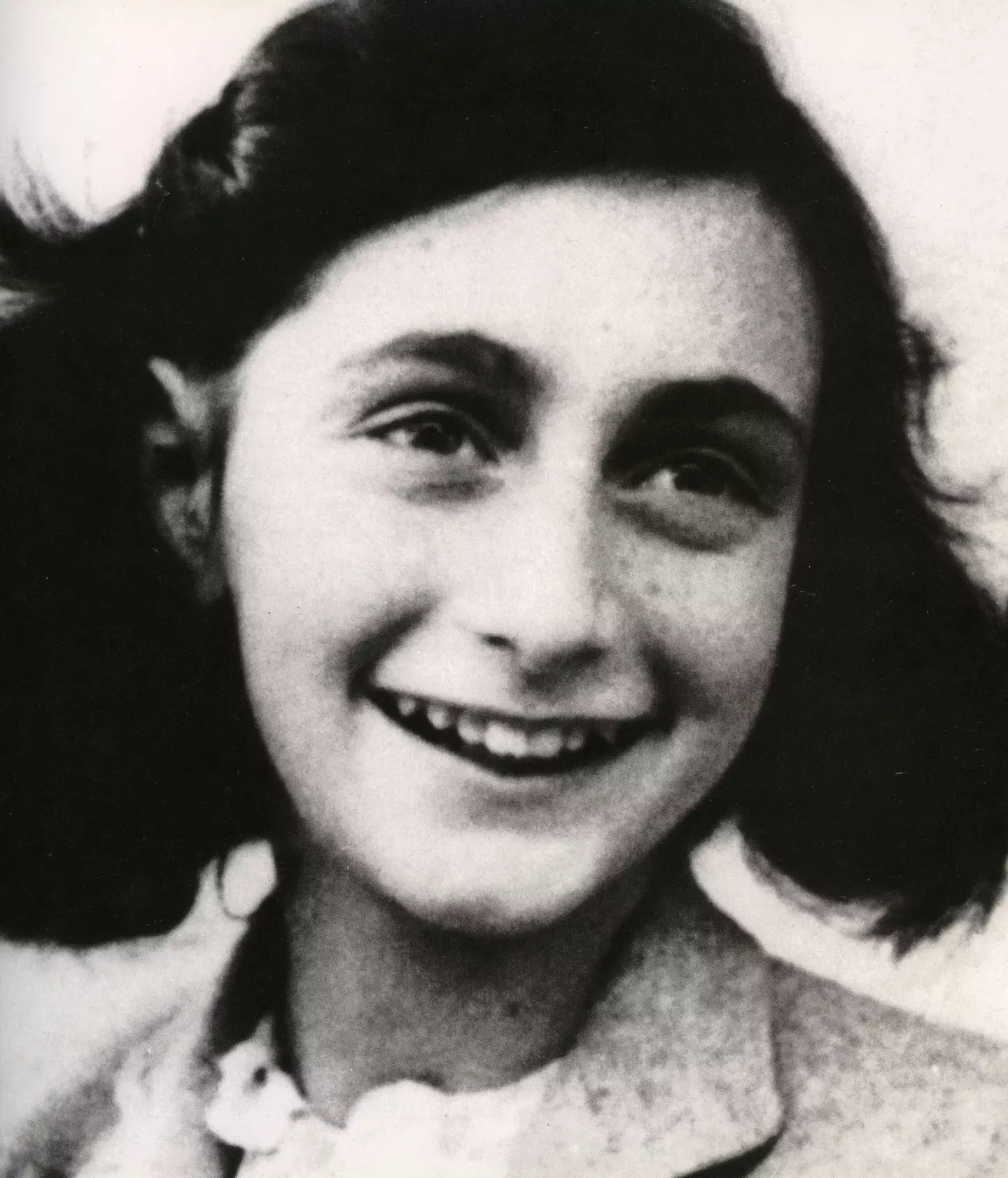
A cold case team that combed through evidence in a bid to unravel one of the Second World War’s enduring mysteries has reached the 'most likely scenario' of who betrayed Jewish teenage diarist Anne Frank and her family.
The team - made up of a former FBI agent, an investigative psychologist, a war crimes investigator, and several historians and criminologists - think prominent Jewish notary called Arnold van den Bergh disclosed the secret annex hiding place of the Frank family to German occupiers to save his own family from the Nazi concentration camps.

Filmmaker Thijs Bayens, who had the idea to put together the cold case team, said: “We have investigated over 30 suspects in 20 different scenarios, leaving one scenario we like to refer to as the most likely scenario."
Bayens was quick to add that 'we don’t have 100 percent certainty', telling the Associated Press: "There is no smoking gun because betrayal is circumstantial."
The Franks and four other Jews hid in the annex, accessible by a secret staircase concealed behind a bookcase, from July 1942 until August 1944, when they were discovered and deported to concentration camps.
Only Anne’s father, Otto Frank, survived the war. Anne and her sister died in the Bergen-Belsen concentration camp when Anne was just 15.

The diary Anne wrote while in hiding was published after the war and became a symbol of hope and resilience that has been translated into dozens of languages and read by millions.
But the identity of the person who gave away the location of their hiding place has always remained a mystery, despite previous investigations.
The team’s findings suggest that Otto Frank was one of the first to hear about the possible involvement of Van den Bergh, a prominent member of the Jewish community in Amsterdam.
A brief note, a typed copy of an anonymous tip delivered to Otto Frank after the war, names Van den Bergh, who died in 1950, as the person who informed German authorities in Amsterdam where to find the Frank family, the researchers say.
The note was an overlooked part of a decades-old Amsterdam police investigation that was reviewed by the team, which used artificial intelligence to analyse and draw links between archives around the world.
The Anne Frank House museum in the canal-side Amsterdam building that includes the secret annex welcomed the new research, but said it also leaves questions unanswered.
Museum director Ronald Leopold explained: “No, I don’t think we can say that a mystery has been solved now. I think it’s an interesting theory that the team came up with.
“I think they come up with a lot of interesting information, but I also think there are still many missing pieces of the puzzle. And those pieces need to be further investigated in order to see how we can value this new theory.”
Featured Image Credit: AlamyTopics: News